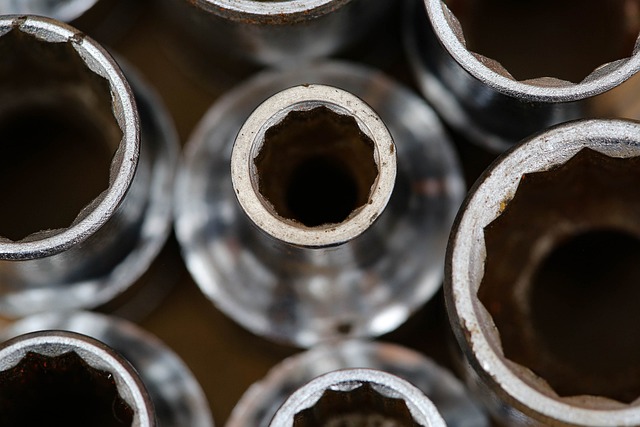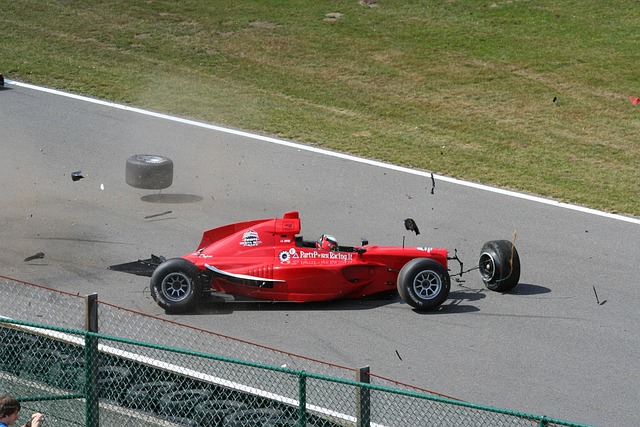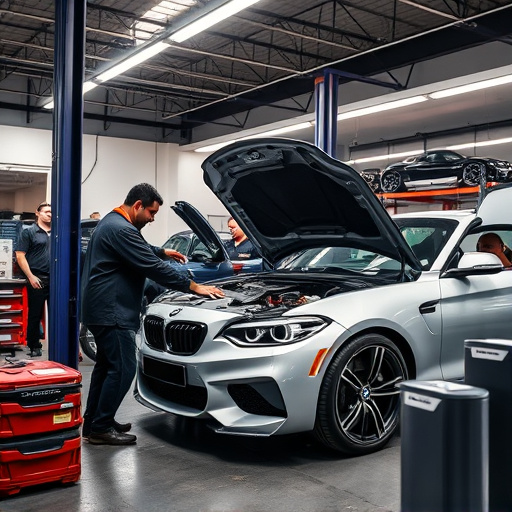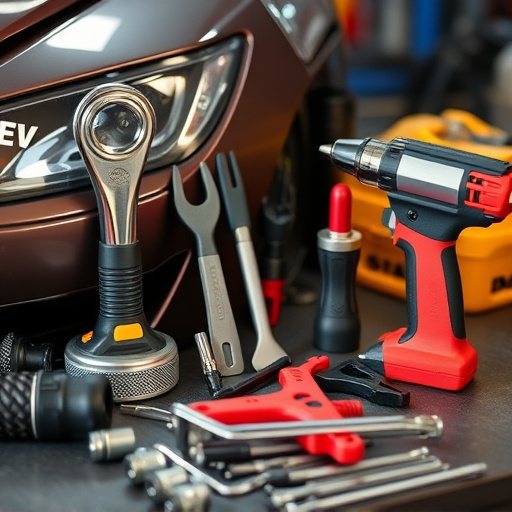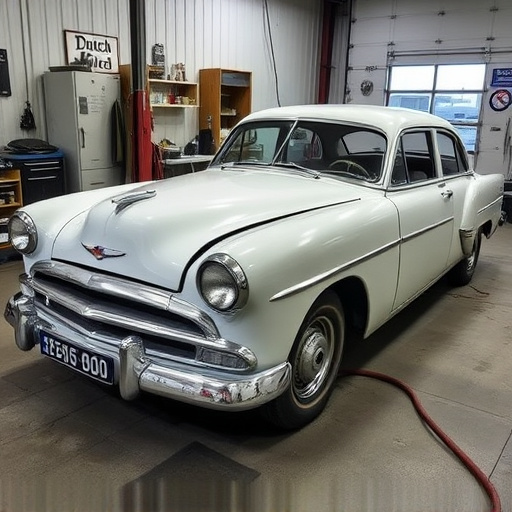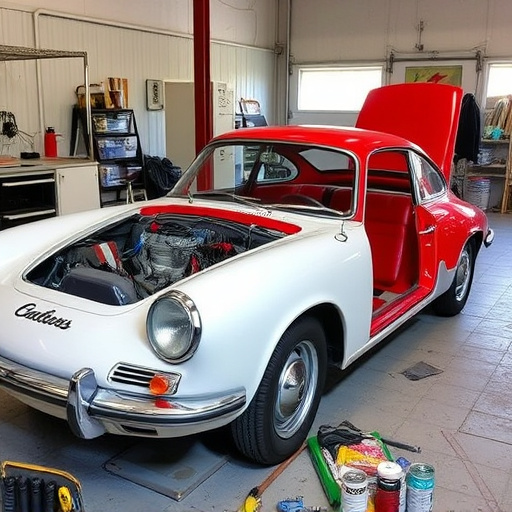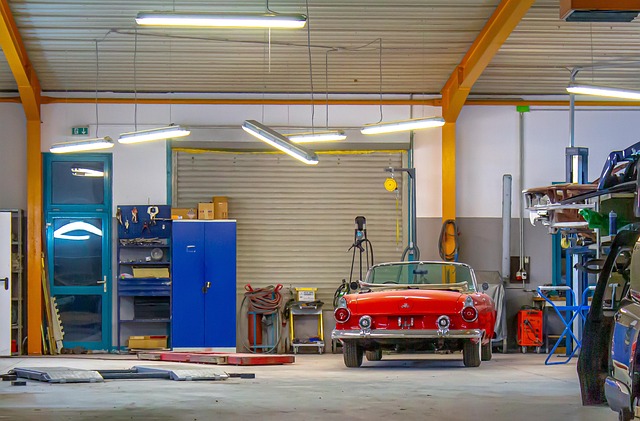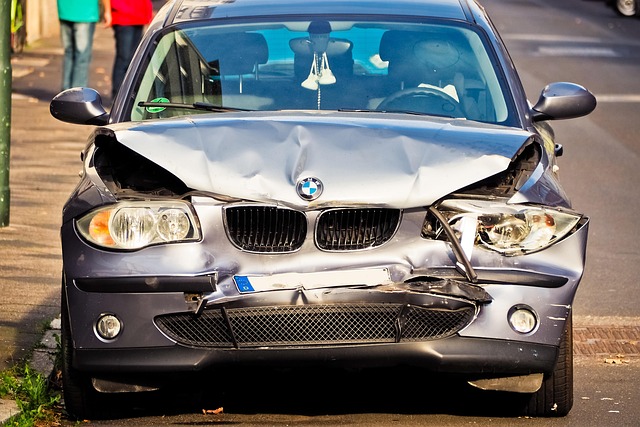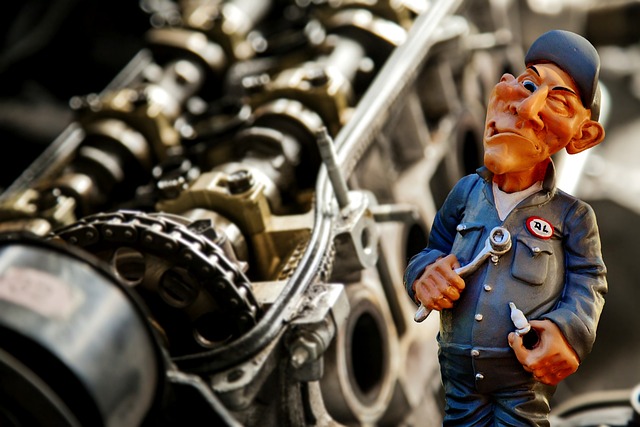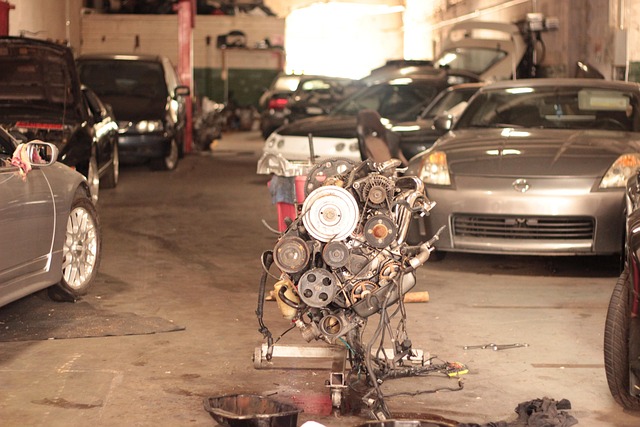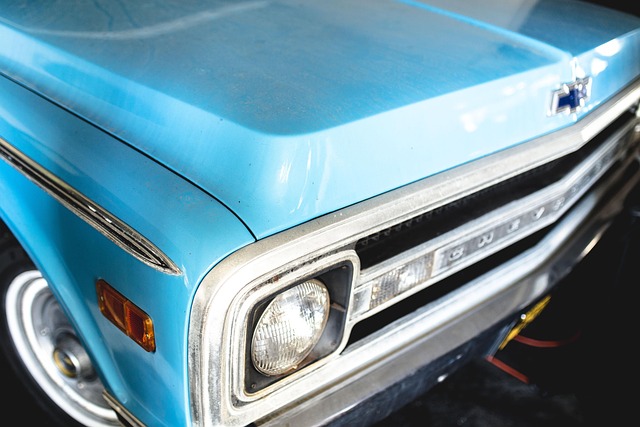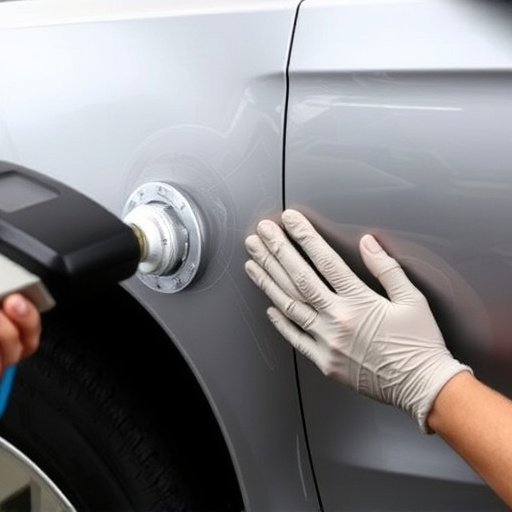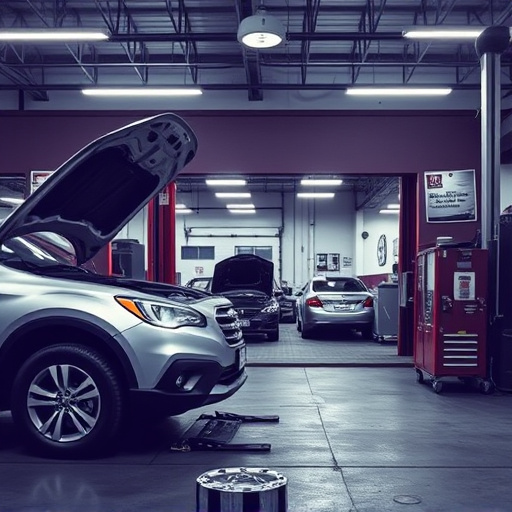TL;DR: Auto accident repair often overlooks hidden damage, which can compromise structural integrity and overall vehicle safety. Specialized tools like 3D scanning and thermal imaging help experts uncover latent issues like cracks and metal deformation invisible to the naked eye. Adopting advanced detection methods improves auto body shop accuracy and quality of repairs. Future trends include AI/machine learning for precise assessments, autonomous robots for enhanced efficiency, promising safer, quicker, and more cost-effective auto accident repair.
In the realm of auto accident repair, hidden damage detection is a critical yet often overlooked aspect of ensuring safety and quality. This article delves into the intricacies of identifying unseen vulnerabilities that may have been concealed by initial assessments. We explore traditional methods versus advanced technologies, shedding light on their effectiveness in detecting subtle issues. Additionally, we anticipate future trends shaping the industry, focusing on enhanced safety measures and operational efficiency in auto accident repair inspections.
- Understanding Hidden Damage in Auto Accident Repairs
- Traditional vs Advanced Detection Methods
- Future Trends and Their Impact on Safety and Efficiency
Understanding Hidden Damage in Auto Accident Repairs
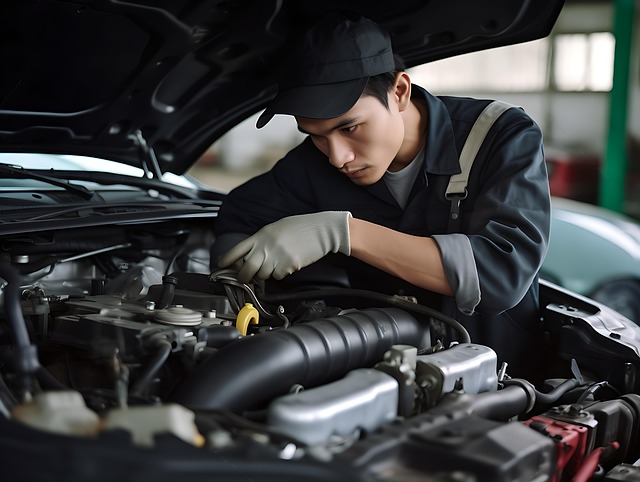
Hidden damage, often referred to as “latent” or “non-visible” injuries, is a critical aspect that needs meticulous attention during auto accident repair inspections. Unlike readily apparent dents and scratches, these types of damage can be concealed beneath the surface, making them difficult to detect with the naked eye. They may include compromised structural integrity from internal framework shifts, hidden cracks in panels or components, and damaged or separated body panels that might not show signs of external trauma.
In a vehicle body shop, auto bodywork experts are trained to meticulously scrutinize every inch of the car to uncover such hidden damage. Advanced diagnostic tools, such as 3D scanning and thermal imaging, often play a significant role in this process. These techniques allow for detailed examinations that can reveal subtle changes in panel alignment, temperature discrepancies indicating hidden heat impact, or even minute cracks that could compromise safety if left unaddressed during car body repair.
Traditional vs Advanced Detection Methods
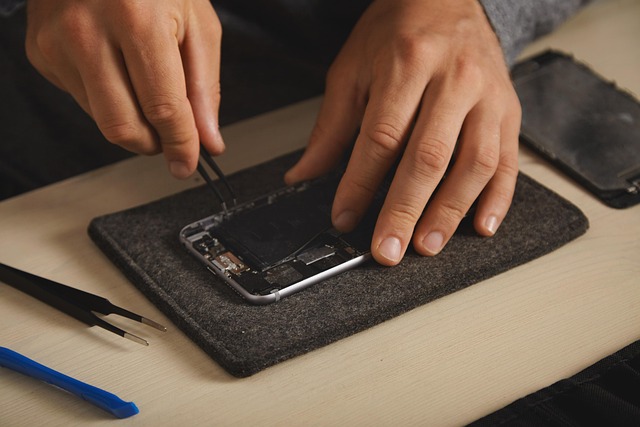
In the realm of auto accident repair inspections, traditional detection methods have long been the industry standard. These methods often rely on visual inspection and basic diagnostic tools to identify damage. While effective for some types of auto body restoration, they can be limited in detecting hidden or subtle damages beneath the surface. On the other hand, advanced detection methods leverage cutting-edge technology like 3D scanning, thermal imaging, and specialized software to uncover even the most concealed vehicle dent repairs.
Compared to manual examinations, these innovative techniques provide a more comprehensive assessment of auto accident repair work. They can identify issues such as hidden cracks, metal deformation, and paint inconsistencies that may be invisible to the naked eye. Incorporating advanced detection methods in automotive body shops not only enhances accuracy but also ensures that every vehicle undergoes thorough inspection, leading to better overall quality in auto body restoration processes.
Future Trends and Their Impact on Safety and Efficiency

As technology advances, the future of hidden damage detection in auto accident repair inspections looks promising, with significant implications for safety and efficiency. The integration of artificial intelligence (AI) and machine learning algorithms has the potential to revolutionize the industry. These technologies can analyze complex data sets from various sensors and cameras, identifying even the subtlest signs of damage that might be invisible to the human eye. For instance, advanced AI systems could accurately assess vehicle structures, including hidden cracks in frames or damaged components, ensuring safer repairs.
Moreover, autonomous repair robots and drone inspections are on the horizon, promising precision and speed. These innovations can enhance productivity while reducing human error, especially in tasks like auto glass repair, vehicle dent repair, and vehicle paint repair. With such advancements, the entire process will become more streamlined, allowing for quicker turnaround times and potentially lower costs without compromising quality or safety standards. This shift towards automation and data-driven insights signifies a new era in auto accident repair, aiming to make the industry safer and more efficient.
Hidden damage detection in auto accident repairs is evolving rapidly, transitioning from traditional methods to advanced technologies. By leveraging innovative techniques such as thermal imaging, 3D scanning, and AI-powered analysis, repair inspectors can identify minute details that were once elusive. This not only enhances safety by ensuring complete vehicle restoration but also optimizes efficiency in auto accident repair processes. As technology continues to advance, the future looks promising for more accurate, swift, and cost-effective evaluations, ultimately benefitting both repair shops and consumers alike.
